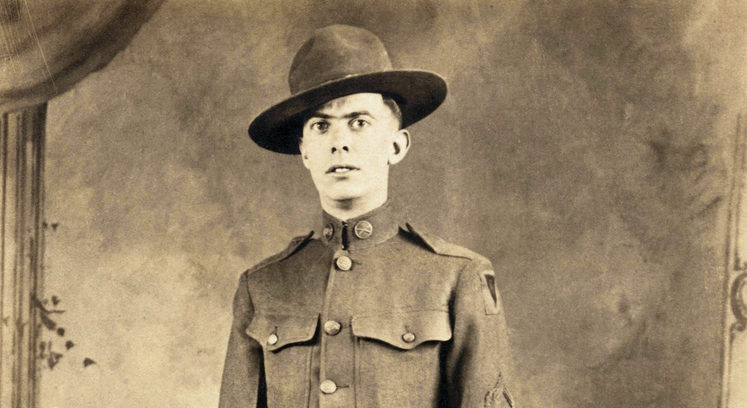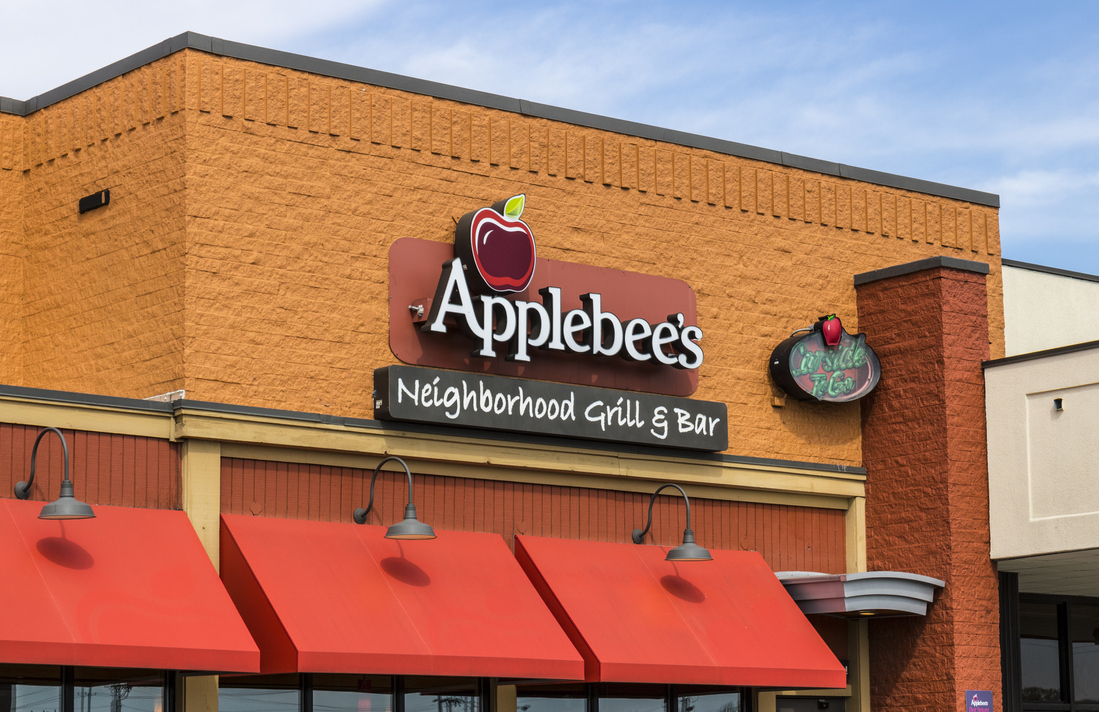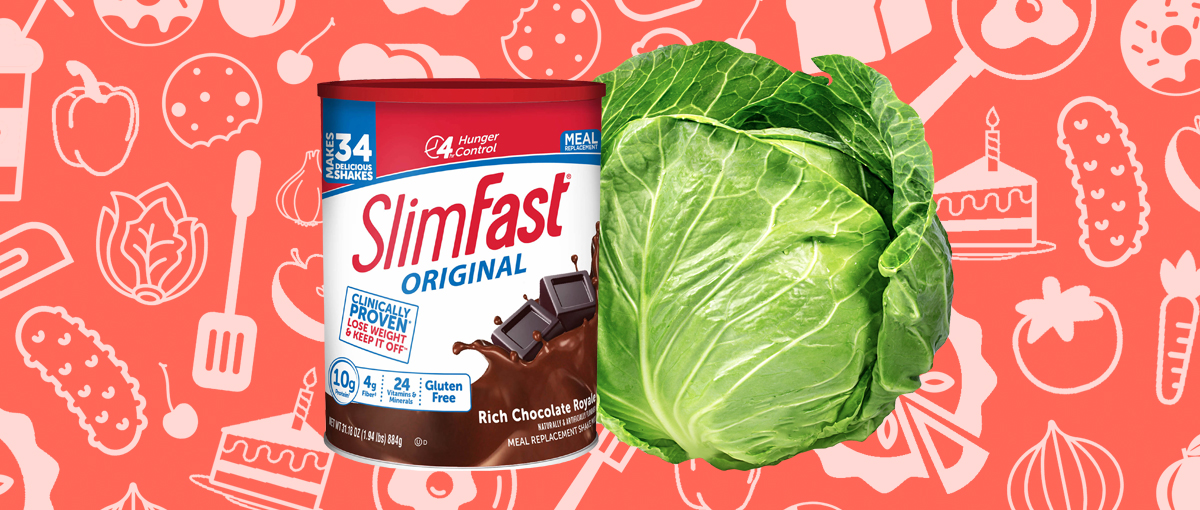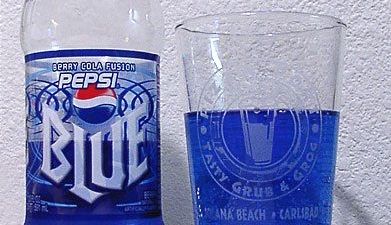In 1914, war broke out after the assassination of Archduke Franz Ferdinand of Austria. Until 1918, the Central Powers (Germany, Austria-Hungary, Bulgaria, and the Ottoman Empire) fought against the Allied Powers (Great Britain, France, Russia, Italy, Romania, Japan, and the United States) in what was one of the most destructive and horrendous wars in world history.
World War I, also called the Great War, caused those on the home front to cut back on food in order to support the troops. Despite rationing efforts, no one ate well during this dark period in history.
By the end of the war in 1918, more than 16 million people had died as a direct result of World War I — including both soldiers and civilians. This was the first “modern war” that had soldiers using machine guns, tanks, radio, and aerial combat. Because of these new technologies, the archaic method of trench warfare became extremely hellish. Disease and unsanitary conditions of the trenches meant men who were not killed in battle often died from cholera, typhoid fever, or infection after having a foot amputated because of “trench foot,” a condition caused by extreme dampness.
World War I was a bleak time for everyone, and the food didn’t help matters. Check out the list of bland and gruesome foods that were eaten at home and abroad.
1. Jam
Jam was given to soldiers as part of their ration kit. Soldiers in the British Army were supposed to be eating roughly 4,000 calories per day.
It didn’t necessarily matter where those calories came from — as long as they were cheap and somewhat filling.
Although jam was sweet, it didn’t really make up for the other horrendous foods Tommy (British) soldiers were given on the front lines.
2. Biscuits
Unlike the flaky, buttery biscuits we love to eat at breakfast time, biscuits served to soldiers during World War I were nowhere near as tasty.
They were more cookie-like, hard, and most likely sugar-free, as sugar was rarely rationed out.
Egg biscuits were basically bare-bones nourishment (which sometimes broke soldiers’ teeth if not soaked in water first).
3. Maconochie
Named after the Aberdeen Maconochie Company, Maconochie was a canned meat, vegetable, and thin gravy mixture served to Tommies in the front-line trenches.
The concoction was reportedly disgusting served either hot — as instructions called for — or cold, so not exactly a comforting meal.
Understandably, soldiers were not a fan of this particular food.
4. Bread Stew
Although soldiers were promised fresh bread, the bread often took too long to get to the frontlines, which meant it was stale and almost inedible.
If this was the case, soldiers would crumble the stale bread and cook it into a stew with potatoes and onions.
This stew was oftentimes cooked in a sandbag, which gave the concoction a gritty texture.
5. Tea
To the English soldiers, their rationed tea was a taste of home that brought them comfort during times that were anything but comfortable (which feels like an understatement).
It was also a taste of something other than petrol-tainted water.
Because yes, water was delivered to the frontlines in gas cans.
6. Bully Beef
Bully beef, now called corned beef, was also served out of a can and was sometimes the only food a soldier would get in a day if kitchen battalions had been attacked — or if there was a food delivery delay. Again, like Maconochie, soldiers absolutely despised bully beef, since it was oftentimes unrecognizable as actual food.
7. Corn and Rice Cereals
In an effort to coax the American public to cut back on wheat, sugar, and meat voluntarily, rather than by forced rationing, the government produced more than $19 million worth of food-related propaganda.
“Food will win the war. Waste nothing,” was the message.
Some propaganda was aimed at children, including one posting that urged kids to eat “Oatmeal-Corn meal mush,” “Hominy,” and “Rice with milk,” rather than wheat-based breakfast products. “Save the wheat for our soldiers,” the poster read.
8. Bacon
Both British and American soldiers would sometimes get bacon a few times per week. They would have to cook the bacon slabs on super low heat — usually a single candle — so they wouldn’t send smoke into the air and attract enemy fire. Bacon was sometimes the only fresh meat they would get for a long period of time. It sure beat the heck out of bully beef.
9. Pea Soup with Horse Meat
It’s debated whether or not soldiers ended up eating their own horses when food supplies got low. However, several sources state that soldiers ate pea soup with chunks of horse meat in 1916, toward the end of the Great War. We suppose desperate times call for desperate measures, and that you’ve got to take what you can get…
10. Butter Tart
In Canada, the emergence of the butter tart helped shape Canadian identity during the turn of the century. “Though it originates to earlier types of tarts, the butter tart emerges as a Canadian thing and of course has continued to do so,” said Bridget Wranich, program officer at the Fort York National Historic Site in Toronto, per canada.com.
Being an Allied country, Canada was certainly feeling the tightening effects of the war effort.
“You do not find it before 1900 and in the very earliest times you see it printed in a cookbook, it’s just called tarts,” food historian Liz Driver added. “I believe it’s because it’s just what people had in their larder. All you needed were raisins, so dried fruit that you would have all year round, brown sugar, which is cheaper [than white], and eggs. And there you have it; anyone could make it.”
11. Instant Custards and Soups
The Great War led to the invention of powdered soups and instant custards, similar to the instant pudding and Jell-O packets we still use today.
All that was required to make these custards or soups was water, which didn’t require one tapping into their ration list.
It was a quick, easy, and inexpensive food.
12. Nettle Stew
If shipments of ingredients were held up, soldiers who were in charge of the kitchens would have to get crafty with their meals. Nettles were readily available in the forests surrounding the campsites and battlegrounds, and were often worked into stews and soups.
Nettle, when raw, can cause nasty stinging, itchy rashes.
However, when cooked, nettles are actually pretty healthy and fibrous.
13. Crisco
Crisco was invented in America during World War I as a vegetable-based alternative product to cooking lard. Meat and fats were too precious to waste on the American public, and every last bit of the stuff was shipped to the soldiers on the front lines. Therefore, Proctor and Gamble got creative and invented Crisco, marketing it with the slogan, “It’s all vegetable! It’s digestible!”
14. Straw Bread
Flour was hard to come by toward the end of the war in 1918. Therefore, bread for the soldiers was being made out of a makeshift potato flour, or sometimes flour made from oats and barley. If ingredients were at an extreme shortage, bread would sometimes be made out of ground-up straw.
15. Cats
Again, along with the pea soup and horse meat situation, this was merely a rumor that was passed through the generations. But some say that times got so tough in Britain throughout the rationing years that butchers were selling dead cats to those who would eat them. Do you believe it?
16. Canadian War Cake
Canadian homemakers would prepare this form of “trench cake” to send their relatives at war. It was made with simple ingredients like molasses, spices, and raisins.
And although it was eggless, war cake did contain flour and lard — two things that were taboo to use in America.
Many bakers still make renditions of war cake today, as it’s a yummy spice cake that tastes great without needing many frills.
17. “Sea Beef”
When standard land meats became unavailable for the American public to eat, they turned to the ocean. “Sea beef,” or “sea steak,” were two colloquial names for whale and porpoise meat. Although whale and porpoise never became commonplace on any American household dinner table, people did eat and enjoy sea beef when they got their hands on it.
And yes, it gets even more interesting…
In fact, the American Museum of Natural History held a “Whale Steak Luncheon” in February 1918, which was held “in the interest of food conservation.” Go figure.
18. “Potted Cheese”
Citizens of Allied countries could buy wartime cookbooks that contained recipes that encouraged using leftovers. One such recipe was called “Potted Cheese,” and was made by collecting crumbs of cheese and mixing them with mustard and margarine. The mixture was then baked in the oven and was to be served over biscuits or toast.
19. Turnip Bread
As mentioned, soldiers on the frontlines sometimes didn’t even get bread made with flour, despite the rationing of the ingredient back home. There was a huge flour shortage in Britain in 1916, which affected rations at home and abroad. Some bakers tried making bread out of turnip flour.
However, the recipe didn’t last long, since it was disgusting to eat and caused diarrhea.
Could you have endured the rationing and lack of good food throughout World War I? Times were certainly tough, and we have much respect for the people who made the most of the bleak situation.








